The white background dial is decorated with Arabic numerals in a pearly white tone, which together with the elegant silver-finished poire-style hands provide a clear and harmonious reading. It is a minimalist design, yet not lacking in sophistication. The winding crown subtly integrates with the whole, maintaining a clean and functional aesthetic.
This pocket watch has a noticeably reduced thickness, being ultra-thin and lightweight, which increases its rarity and collectible value. Inside the back cover, still visible, appears a hallmark with the mark "H.M.C." and the serial number "904361", details that allow us to associate it with high-end Swiss watchmakers, although the platinum hallmark cannot be confirmed due to the absence of standardized stamps prior to the 1970s. The movement, in turn, shows work of the highest precision with polished steel parts, ruby jewels in gilt chatons, and the serial number 63356, confirming the authenticity and quality of the mechanism. It runs correctly, which is not always common in pieces from this era, adding to its appeal as a ready-to-wear or collectible item.
The back of the case is polished and smooth, showing some light scratches from use over time. These natural signs of aging only reaffirm its authenticity and beauty, adding character without detracting from its overall distinction.
This ultra-thin platinum pocket watch with sapphires is not only an exceptional collector's item for lovers of watchmaking and Art Deco design, but also a stylish accessory for special occasions. A magnificent investment with its own personality.
Ideal for demanding collectors or those looking for a unique piece with history, this watch would look splendid in a display cabinet or as a timeless touch of elegance when dressing.
Make it yours and add a touch of distinction to your collection or personal style!
Dimensions: 43.5 mm (1.71 in). Weight: 47.2 g.
History of Art Deco Pocket Watches
Art Deco pocket watches emerged during a time of great aesthetic and technological change. Art Deco, which flourished between the 1920s and 1930s, was characterized by geometric lines, symmetry, luxury, and modernity. In this context, Swiss watches underwent a true revolution. The watchmaking industry embraced new materials such as platinum and precious stones, while technology enabled thinner and more precise movements. Switzerland, as the epicenter of high-end watchmaking, established itself during these years as a world leader, with manufacturers prioritizing design as much as mechanics.
During the 1930s, many watches were personalized for specific stores or local distributor brands. It is therefore common to find names like “Perera – Madrid” on dials of Swiss origin. This kind of personalized distribution gave each watch an exclusive air, especially when the design included gemstones and noble metals such as platinum.
The use of platinum was particularly symbolic. Stronger than gold and with a unique shine, this metal was reserved for very special pieces, and its association with sapphires reflected both an aesthetic and symbolic choice: sapphires represented wisdom and nobility, fitting perfectly with the visual language of Art Deco.
Today, Art Deco pocket watches in platinum with sapphire inlays are highly sought after by collectors, not only for their rarity but also for their refinement and representation of a golden age of design. These pieces not only tell the time, but also the story of taste, technique, and the social evolution of the 20th century.




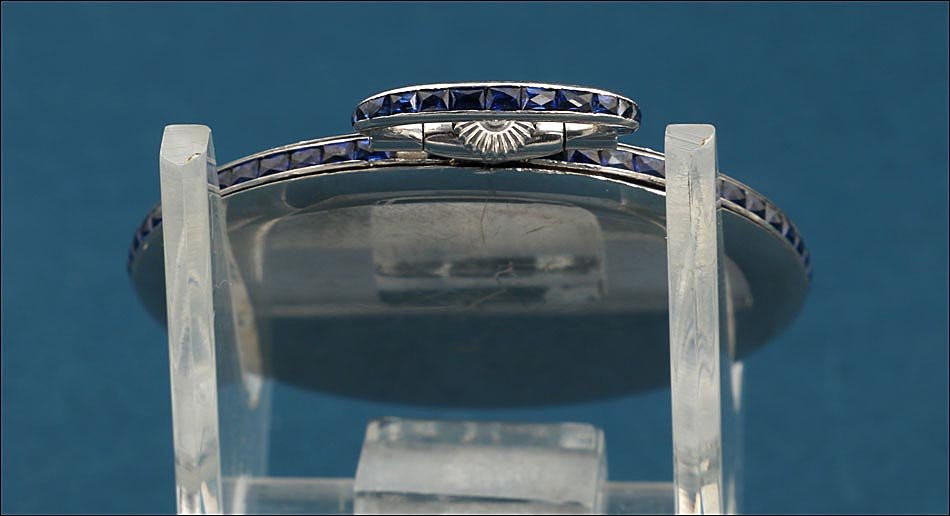
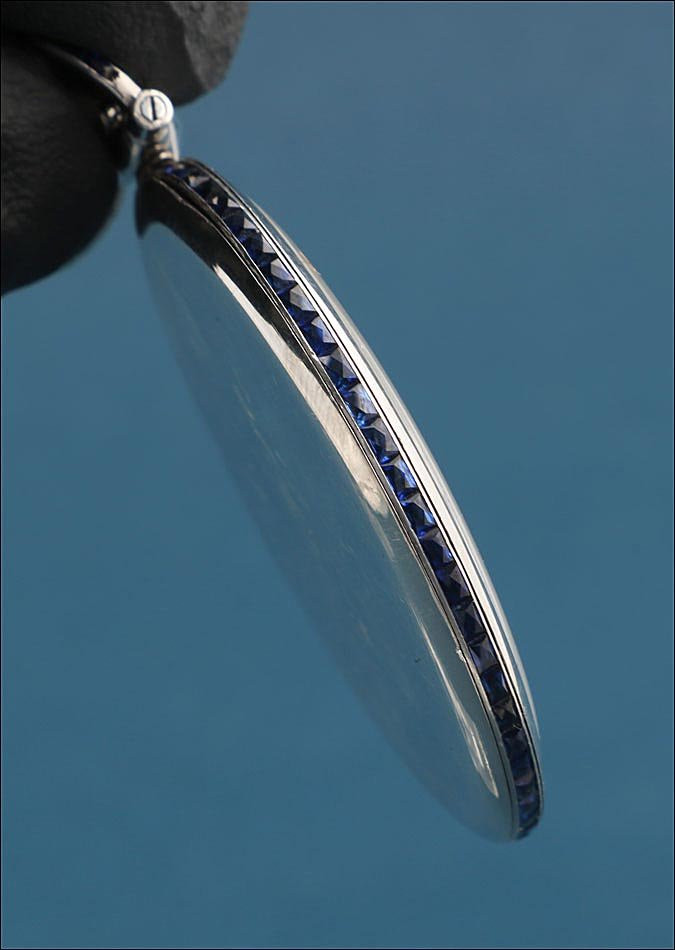
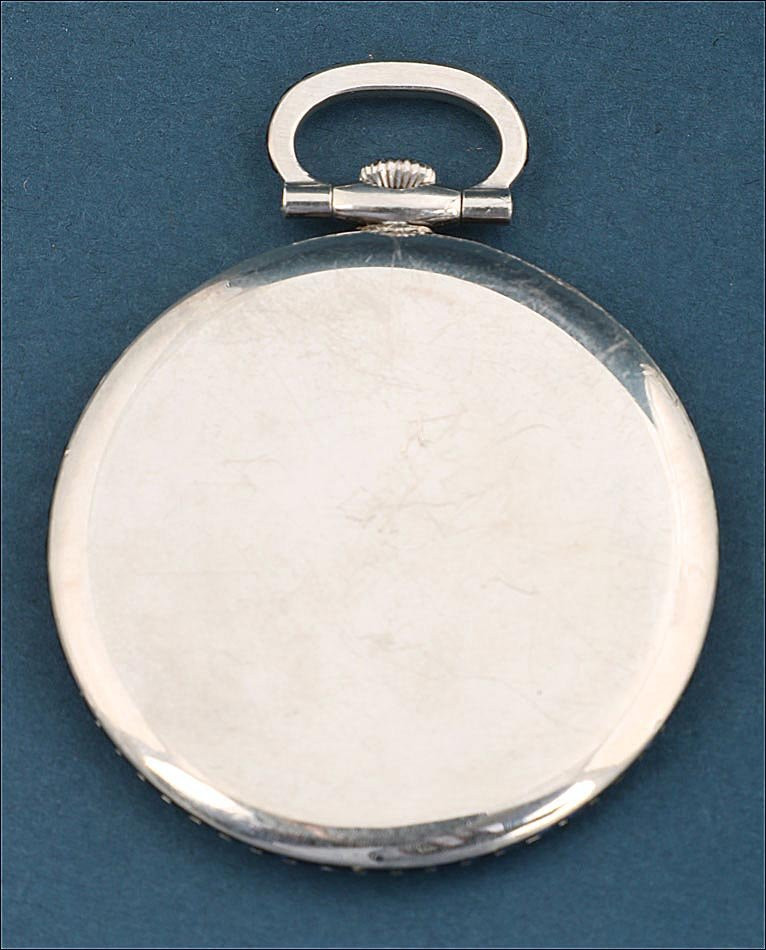

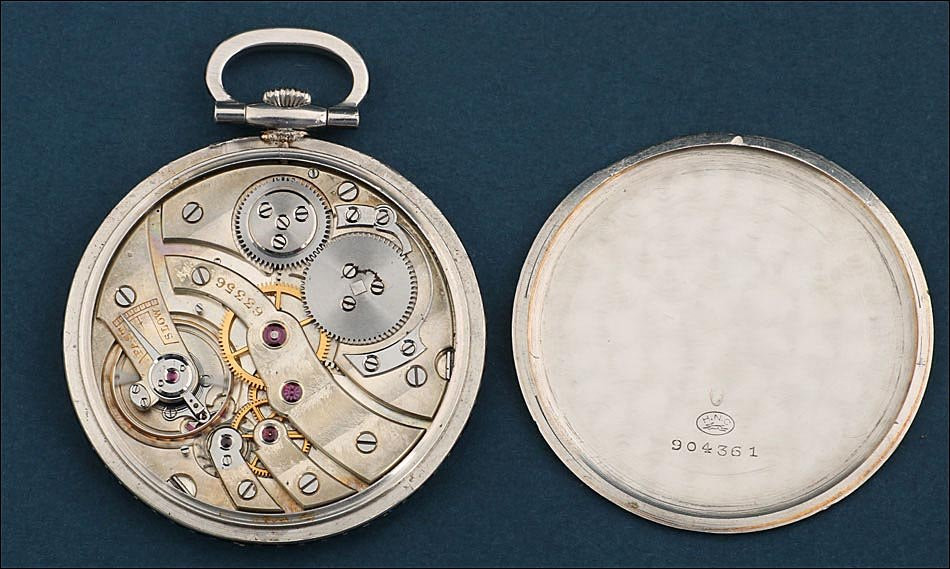
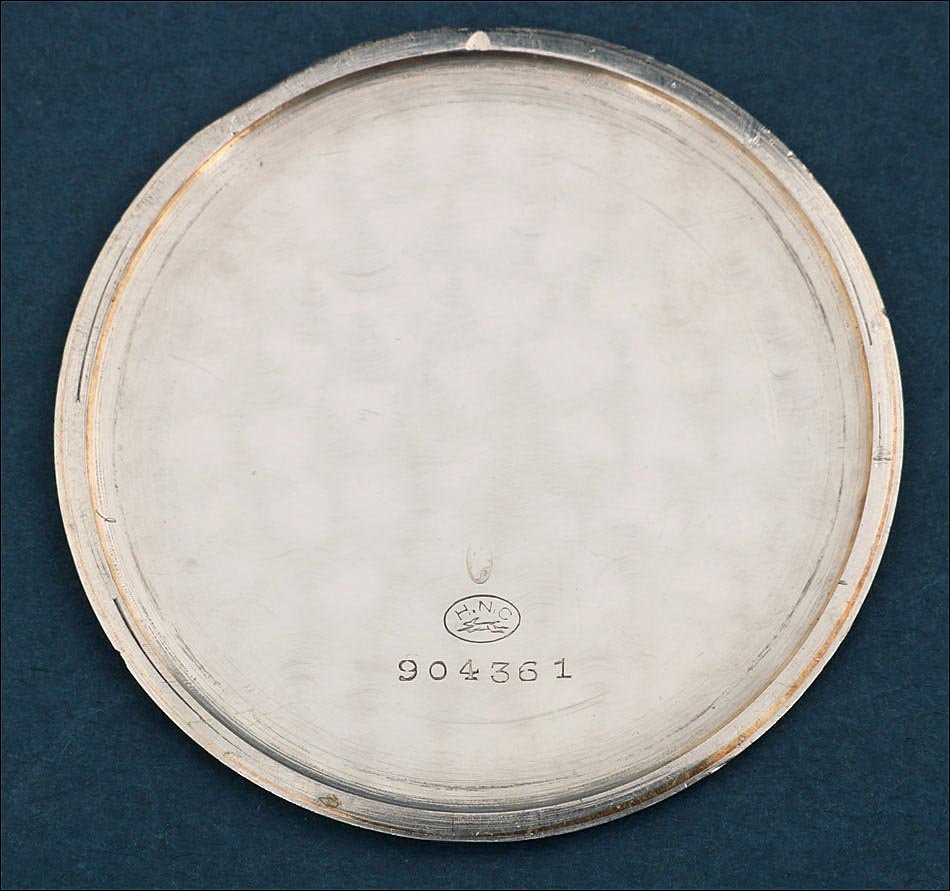

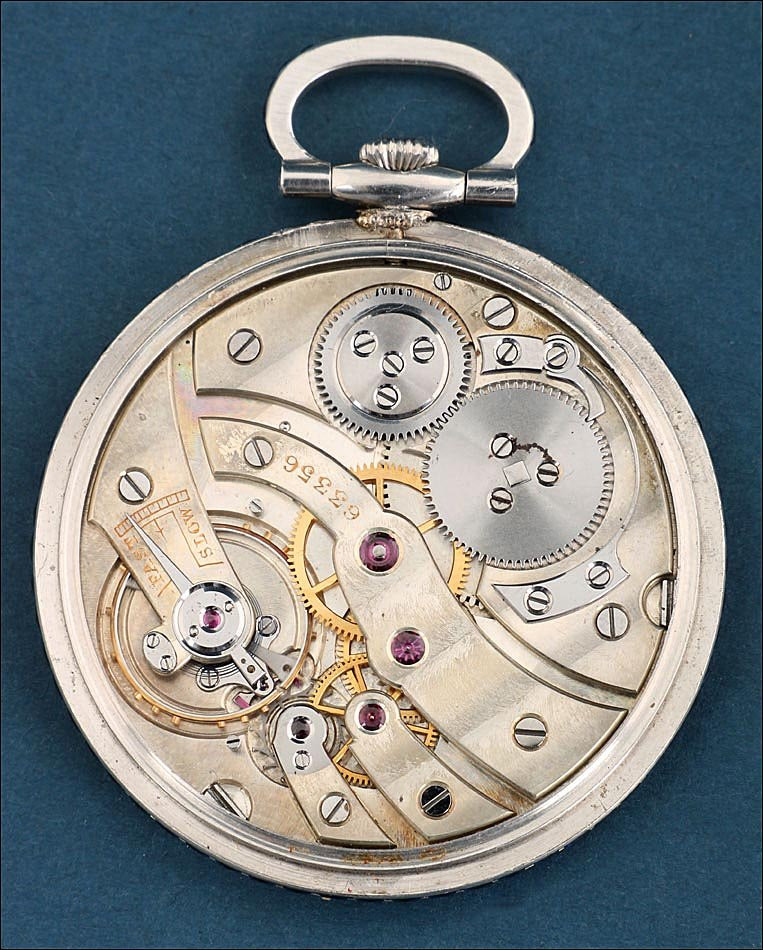
























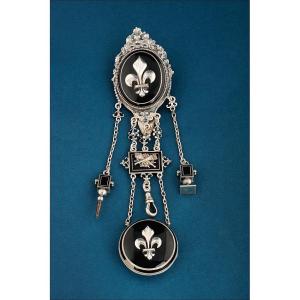






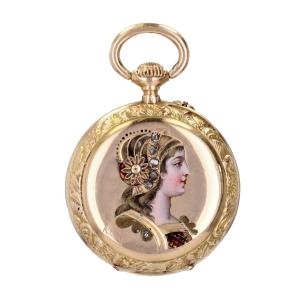




 Le Magazine de PROANTIC
Le Magazine de PROANTIC TRÉSORS Magazine
TRÉSORS Magazine Rivista Artiquariato
Rivista Artiquariato